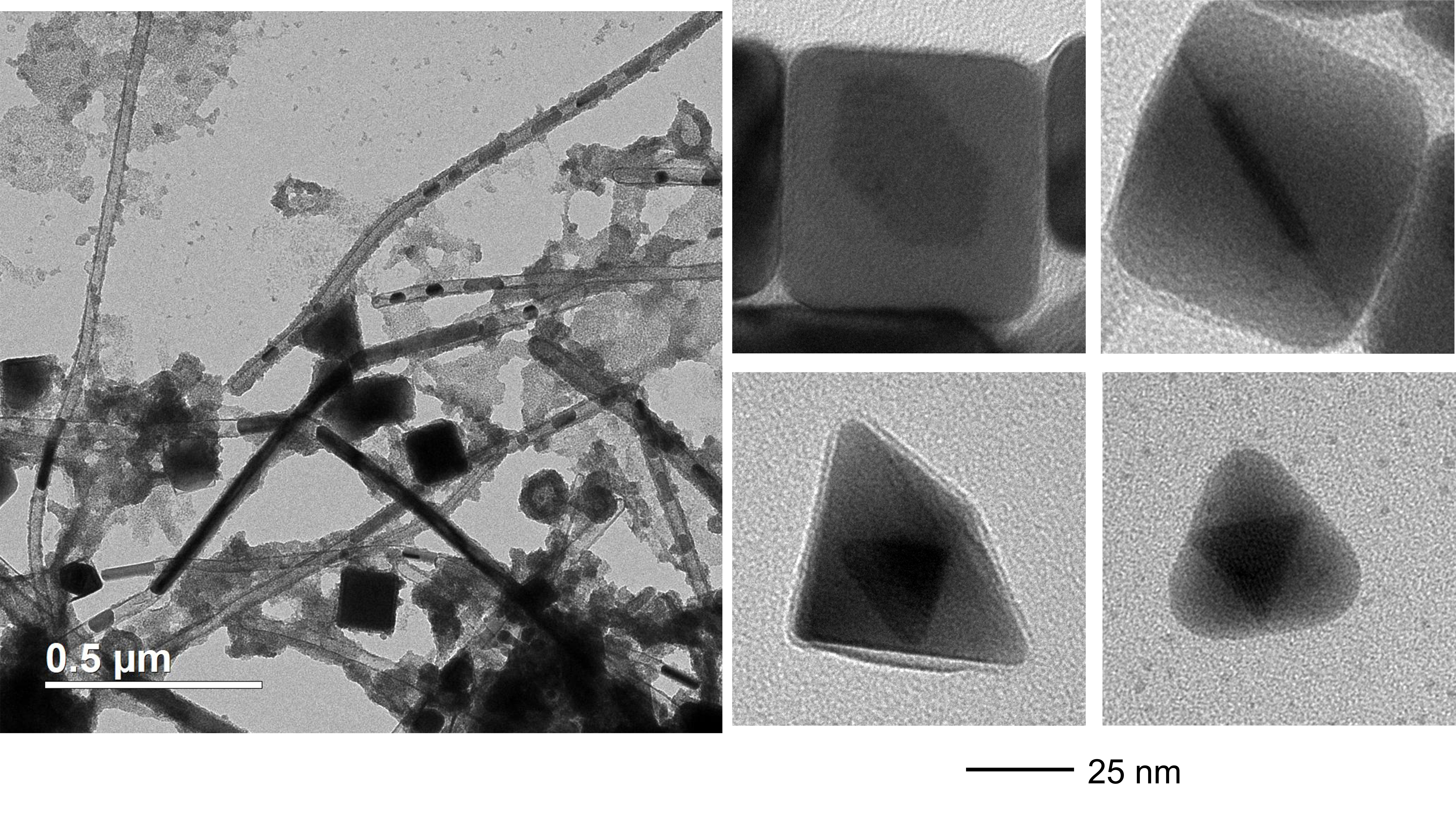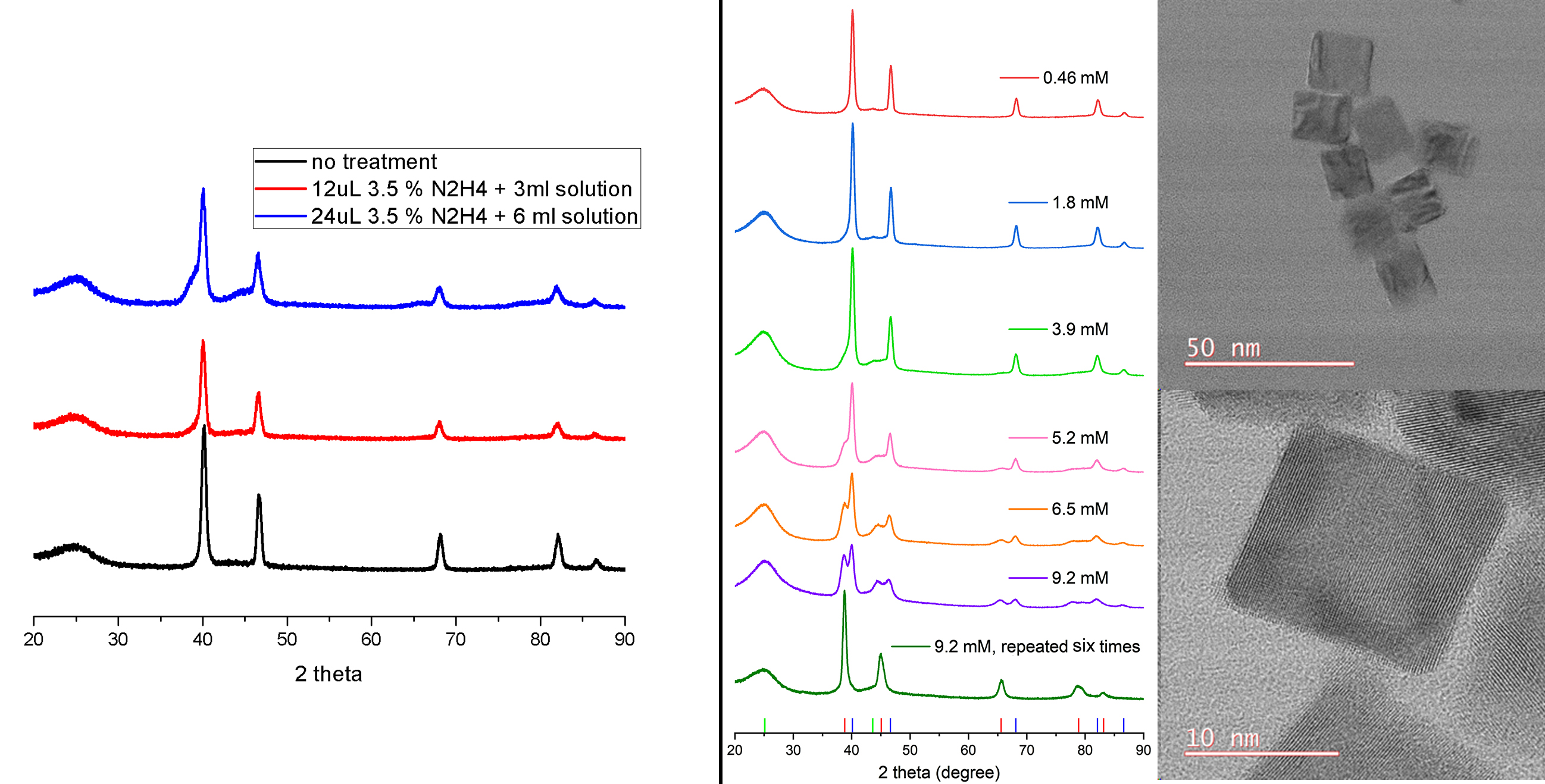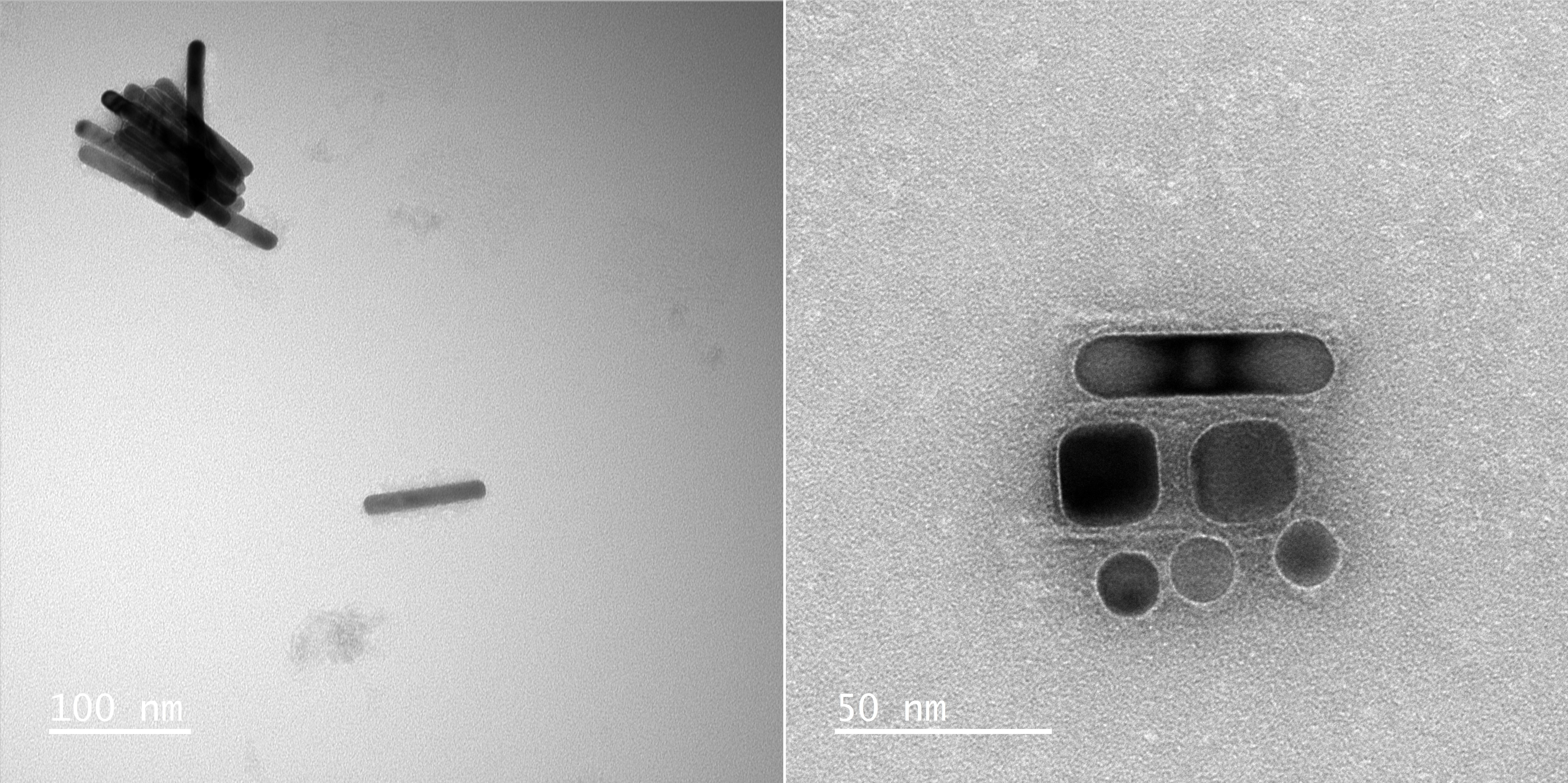My first experimental result for each project
How they started and ended up
One day for no reason I got curious about my very first experimental results for each scientific project – how they initially looked like and what they eventually evolved into. So I spent some time revisiting my old lab notes and the data I collected for the
past 7 years at Georgia Tech and UC Berkeley. Most projects started with a proposed new idea with a mess of initial data, and ended up as (somehow) a complete story, while some projects were initiated by my accidental discoveries. I also noticed that there were many half-way projects with interesting data, but I didn’t continue due to this or that reason. It's kind of fun to go back and look at my old notes and experiment results. I'm now in a field quite different from what my PhD thesis did, and might think about the old data from a different perspective. As the idiom said, 温故知新 (developing new ideas based on
study of the past).
Below
are some of the data I got at the beginning of each project, and how they eventually
looked like. Most of them are transmission electron microscopy (TEM) images,
which can provide pretty straightforward information.












